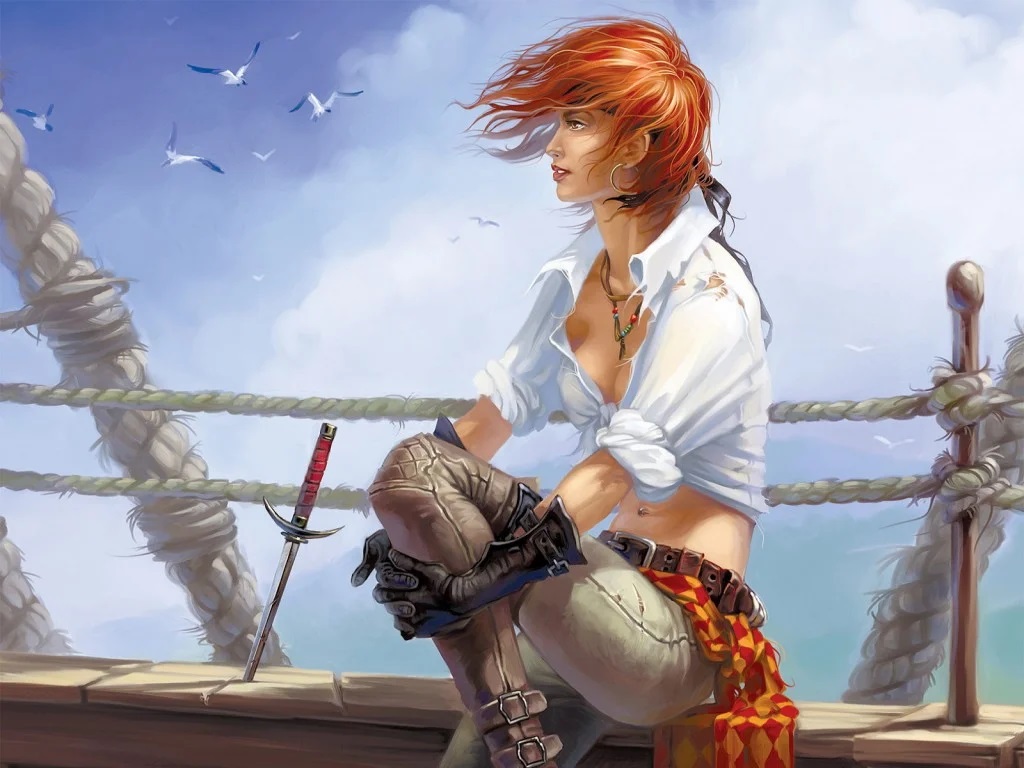Merry Wanderer of the Night:
hope
The Bulldogs (based on an underground comic-book)

Happy blog birthday to me, happy blog birthday to me!

Central Asia: Disputes damage hopes of rebuilding Afghanistan’s Bamiyan Buddhas

Read-a-Thon!!:)
Steven Holl Architects have connected buildings in a multipurpose hybrid

Important update — Guess what's changing?!
Just Contemporary Conclusion!
Just Contemporary Reading Challenge Announcement
Just Contemporary Review: Thou Shalt Not Road Trip by Antony John
Just Contemporary Guest Post! Jacinda from The Reading Housewives!
Just Contemporary Guest Post — Shannon!!
Just Contemporary Interview with Antony John and a GIVEAWAY!!
Italy: Italy looks for help with heritage management

Natural Heritage: The 're-wilding' of Angkor Wat

Just Contemporary — A love tribute to Jellicoe Road
Just Contemporary Interview — MELINA MARCHETTA!!
Just Contemporary Guest Review! Katelyn!!
Memory Monday — Contemporary List
Heritage: Egypt reopens tomb of Nefertari as tourism falls

Just Contemporary Interview with Yvonne Collins & Sandy Rideout! And Giveaway!: D